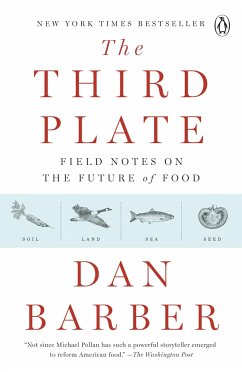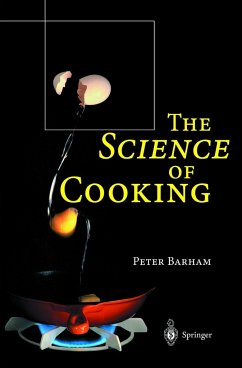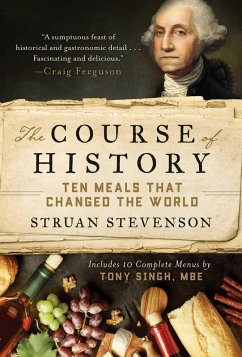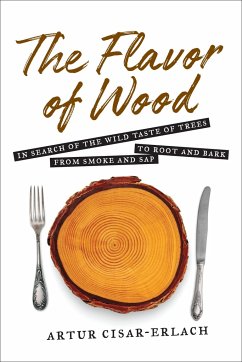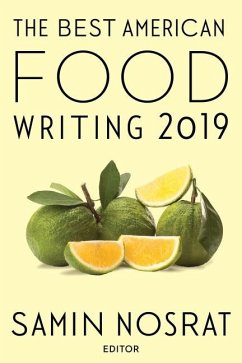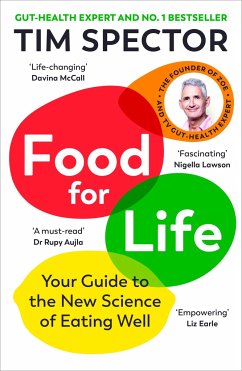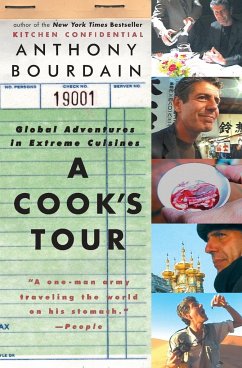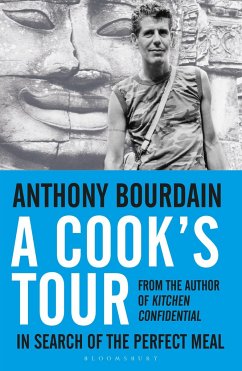Nicht lieferbar
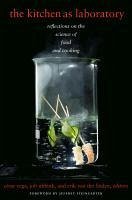
The Kitchen as Laboratory
Reflections on the Science of Food and Cooking
Herausgeber: Vega, César; Linden, Erik van der; Ubbink, Job
Versandkostenfrei!
Nicht lieferbar
Eating is a multisensory experience, yet chefs and scientists have only recently begun to anatomize food's components, introducing a new science called molecular gastronomy and a new frontier in the possibilities of the kitchen. In this global collaboration of essays, chefs, scientists, and cooks put the innovations of molecular gastronomy into practice, advancing a culinary hypothesis based on food's chemical properties and the skilled use of existing and cutting edge tools, ingredients, and techniques. As their experiments unfold, these pioneers create, and in some cases revamp, dishes that ...
Eating is a multisensory experience, yet chefs and scientists have only recently begun to anatomize food's components, introducing a new science called molecular gastronomy and a new frontier in the possibilities of the kitchen. In this global collaboration of essays, chefs, scientists, and cooks put the innovations of molecular gastronomy into practice, advancing a culinary hypothesis based on food's chemical properties and the skilled use of existing and cutting edge tools, ingredients, and techniques. As their experiments unfold, these pioneers create, and in some cases revamp, dishes that answer specific desires, serving up an original encounter with gastronomic practice. From the seemingly mundane to the food fantastic, these essays cover a range of creations and their history and culture.




